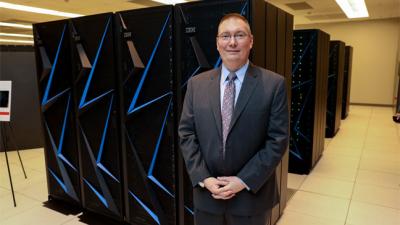When a star goes supernova, a massive burst of neutrinos is the first signal that can escape the density of the collapsing star. Detecting and analyzing this phenomenon in real time would allow us insight into stellar dynamics and, potentially, black hole formation. Detection of these types of signals from modern physics detectors is notoriously hard and presents computational challenges that push the bounds of modern and next-generation computing. Transmitting and analyzing the data from the massive particle physics detectors to the next generation of extreme-scale computing will require detailed modeling of the networking, hardware, and leadership class computing systems. These models will allow researchers to find and optimize the computing pathways, configurations, and infrastructure topologies so that they can handle these massive data loads.


